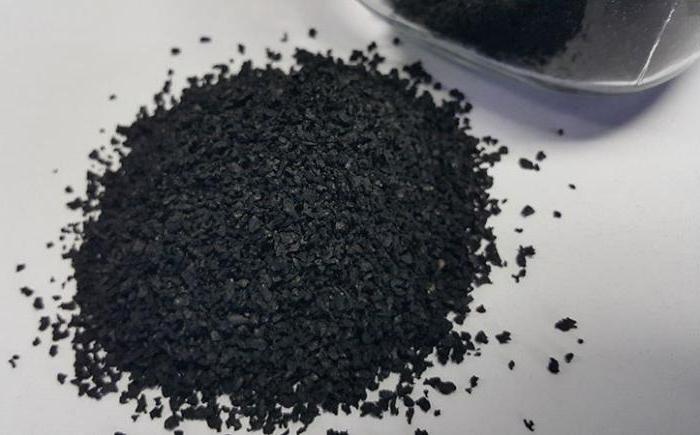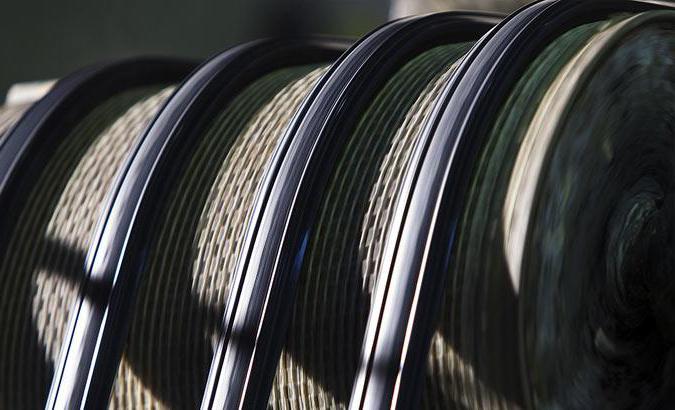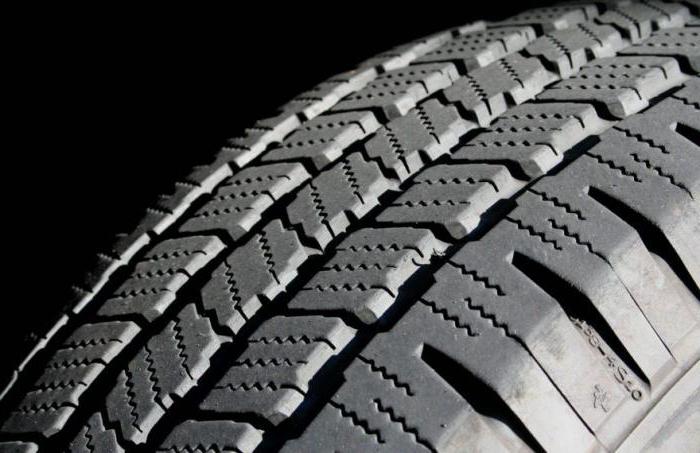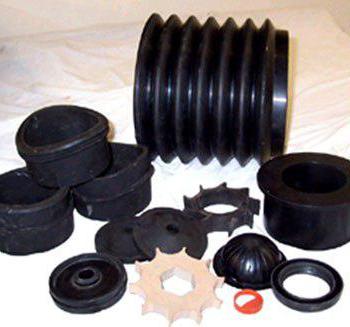Rubber materials and combined rubber products cannot be replaced with other products. A unique combination of characteristics and operational qualities allows the use of such materials in complex work processes, complementing the arrangement of machines, machine tools, devices and building structures. Modern rubber production has advanced technologically, which has also affected the quality of its products. Technologists strive to increase the durability, strength and resistance of products to external factors.
What raw materials make rubber?

Most rubber materials are obtained as a result of industrial processing of synthetic and natural rubber mixtures. This treatment is achieved by crosslinking rubber molecules with chemical bonds. Recently, powder raw materials have been used for rubber production, the characteristics of which are specially designed for the formation of injection molds. These are ready-made compositions based on liquid rubber, of which ebony products are also produced. The vulcanization process itself is not complete without special activators or agents - these are chemicals that help maintain the optimal working qualities of the mixture. Usually sulfur is used for this task. These are the components that form the basis of the kit required to make rubber. But, depending on the required performance and purpose of the product, technologists introduce production stages at which the product structure is enriched with modifying elements.
Additives for the modification of rubber compounds

In the manufacturing process, the rubber mixture can be filled with accelerators, activators, vulcanization agents, softeners and other components. Therefore, the question of what rubber is made of is to a large extent determined by auxiliary additives. For example, to maintain the structure of the material, regenerates are used. Using this filler, the rubber product may undergo secondary vulcanization. A large part of the modifiers does not affect the final technical and operational properties, but plays a significant role directly in the manufacturing process. Accelerators and moderators of chemical reactions correct the same vulcanization process.
A separate group of additives is plasticizers, that is, softeners. They are used to lower the temperature during vulcanization and dispersion of other ingredients of the composition. And here another question may arise - how much do additives and rubber itself affect the chemical safety of the mixture being formed? That is, what is rubber made of in terms of environmental friendliness? In part, these are really dangerous mixtures for health, which include the same sulfur, bitumens and dibutyl phthalates, stearic acids, etc. But some of the ingredients are natural substances - natural resins, the same rubber, vegetable oils and wax components. Another thing is that in different mixtures the ratio of harmful synthetics and natural ingredients can vary.
Stages of the rubber manufacturing process

Industrial production of rubber begins with the process of plasticization of raw materials, that is, rubber. At this stage, the main quality of the future rubber is acquired - plasticity. By mechanical and heat treatment, the rubber is softened to a certain extent.From the resulting base, rubber will be further produced, but before that, the plasticized mixture is modified by the additives discussed above. At this stage, a rubber composition is formed in which sulfur and other active components are added to improve the characteristics of the composition.
An important step before vulcanization is calendaring. In essence, this is the molding of a crude rubber mixture that has undergone enrichment with additives. The choice of calendaring method is determined by a specific technology. Rubber production at this stage may also involve extrusion. If conventional calendaring aims to create simple rubber forms, then extrusion allows complex products to be manufactured in the form of hoses, O-rings, tire treads, etc.
Vulcanization as the final stage of production

In the process of vulcanization, the workpiece undergoes final processing, due to which the product receives sufficient characteristics for operation. The essence of the operation is the effect of pressure and high temperature on the modified rubber mixture, enclosed in a metal form. The forms themselves are installed in a special autoclave connected to a steam heater. In some areas, rubber production may also include hot water, which stimulates the process of pressure distribution through the fluid. Modern enterprises also seek to automate this phase. More and more molds are emerging that interact with steam and water-injecting nozzles based on computer programs.
How are rubber products manufactured?

These are combined products, which are obtained by combining fabric materials with a rubber mixture. In the process of manufacturing rubber products, paronite is often used - a hybrid material obtained by combining heat-resistant rubber and inorganic fillers. Further, the workpiece is processed by rolling and vulcanization. Receive rubber products and using syringe machines. They have a thermal effect on the workpieces, after which a pass through the profiling head is carried out.
Equipment for rubber manufacturing processes
The full production cycle is carried out by a whole group of machines and units that perform different tasks. The curing process alone is served by boilers, presses, autoclaves, formators and other devices that provide intermediate operations. A separate installation is used for plasticization - a typical machine of this type consists of a studded rotor and a cylinder. The rotation of the rotor part is carried out through a manual drive. Rubber production is not complete without cooking chambers and calendaring units, which carry out rolling of rubber mixtures and thermal effects.

Conclusion
The manufacturing processes of rubber products are largely standardized both in terms of mechanical processing, and in terms of chemical exposure. But even with the use of the same production apparatus, the characteristics of the products obtained may be different. This is proved by domestic rubber, offering different sets of performance properties. The largest share of rubber products in the Russian segment of the industry is occupied by automobile tires. And in this niche, the ability of technologists to flexibly modify formulations in accordance with the stringent requirements for the final product is especially pronounced.